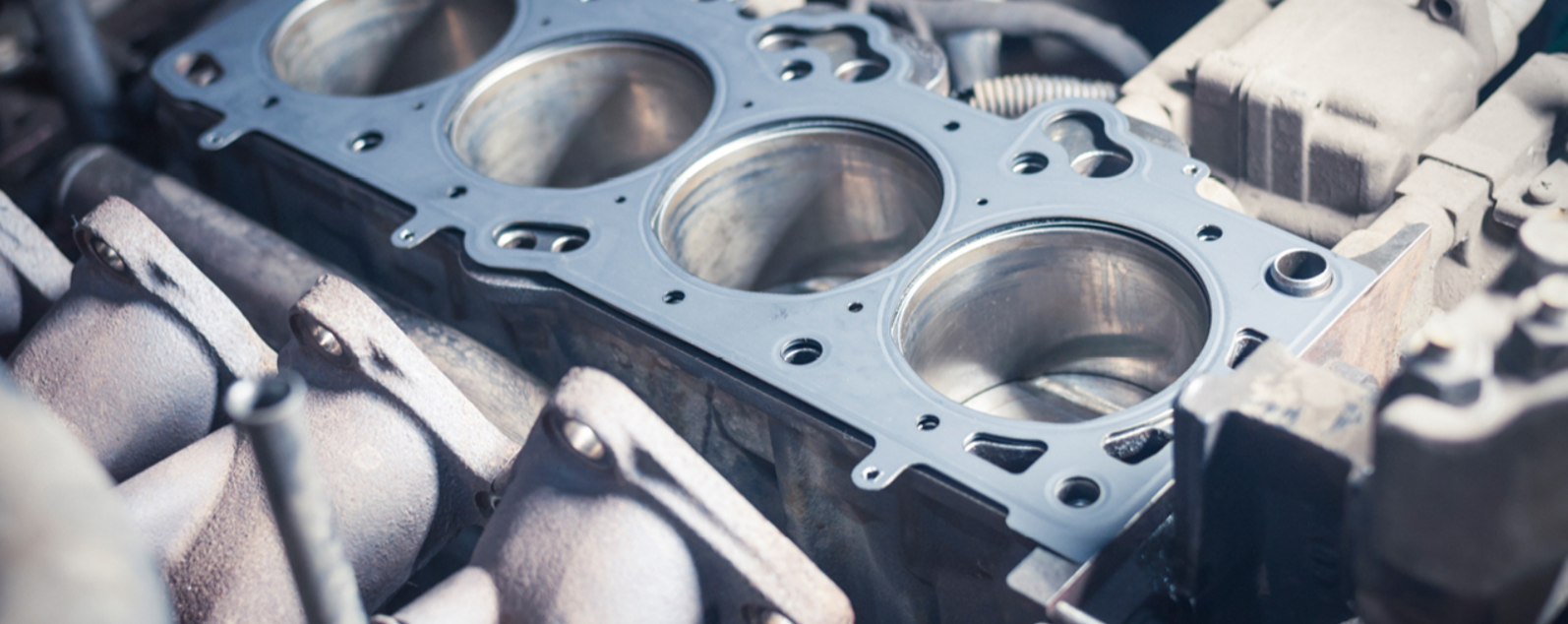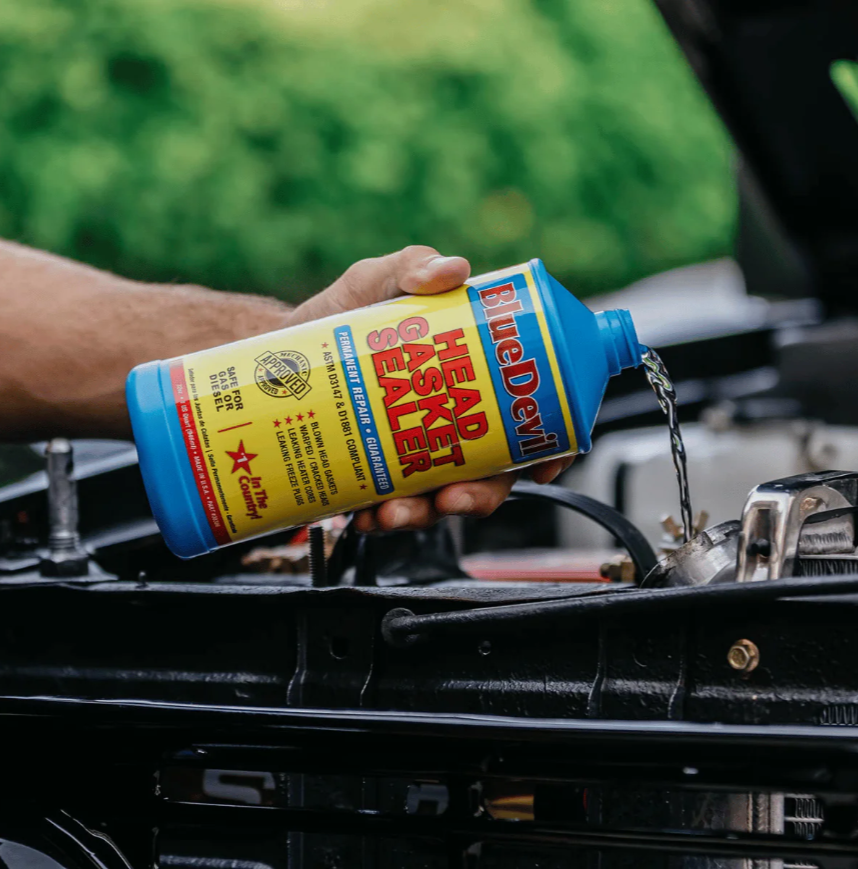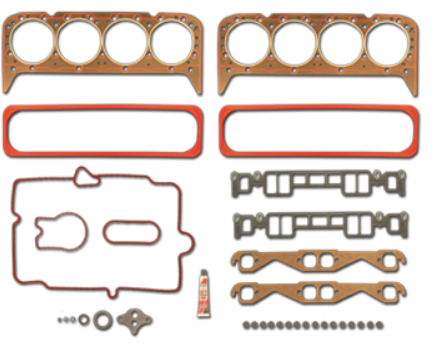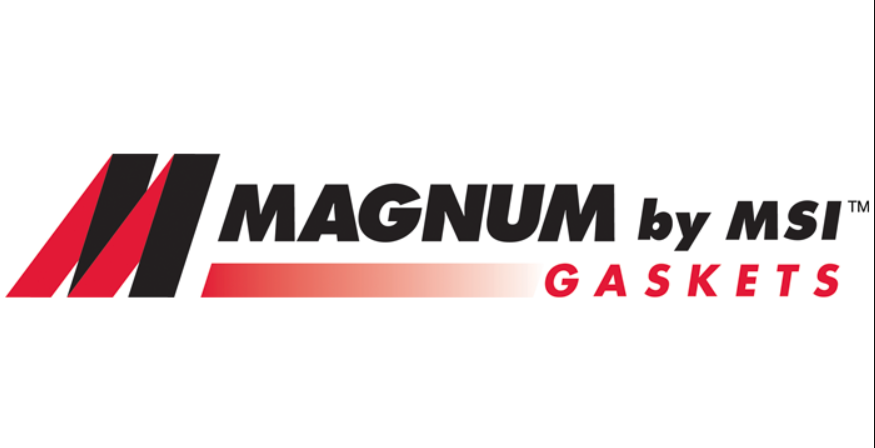The performance of your engine is significantly influenced by the condition of the oil pan gasket. A seemingly minor issue, such as a leak in the oil pan gasket, can lead to expensive repairs if it is not resolved in a timely manner. This guide will explore essential details about oil pan gasket leaks, how to detect them, and the necessary steps to take when problems arise.
What You Need to Know About Oil Pan Gaskets
Definition of an Oil Pan Gasket
An oil pan gasket serves as a crucial barrier connecting the oil pan to the engine block, creating a secure seal that stops motor oil from leaking and keeps unwanted contaminants from entering the engine. These gaskets are commonly made from various materials such as rubber, cork, silicone, or composite blends, each providing unique advantages and possible drawbacks.
Reasons for Leak Formation
Several elements can contribute to oil pan gasket leaks:
- Wear Over Time: Prolonged exposure to heat and engine vibrations can deteriorate the gasket material.
- Inadequate Torque: Incorrect torque levels—either too tight or too loose—during installation may deform the gasket, leading to leaks.
- Physical Impacts: Damage from road debris or potholes can compromise the oil pan and surrounding seals.
- Engine Vibration: Excessive vibrations can gradually loosen the gasket, resulting in oil leaks.
Identifying Oil Pan Gasket Leaks
Key Indicators of a Leak
- Oil Puddles Underneath the Car: Fresh, dark oil spots on the ground beneath your vehicle indicate a potential leak. Regular checks on your parking area can help catch issues early.
- Decreasing Oil Levels: If you find yourself topping off your oil frequently without seeing clear signs of excessive consumption, an oil pan gasket leak might be the culprit. Low oil levels can lead to serious engine damage due to insufficient lubrication.
- Dashboard Oil Warning Light: Most modern vehicles are equipped with oil pressure sensors. A drop in oil pressure, often caused by leaks, can trigger a warning light. Taking prompt action in response is essential to minimize engine damage.
- Burning Smell: If oil drips onto hot engine parts or the exhaust, it can emit a burning odor. This smell, especially after the engine runs for a while, warrants immediate investigation for leaks.
- Engine Overheating: Oil is crucial for keeping engine parts cool, and if there’s a leak that decreases the oil level, it can cause the engine to overheat. If this issue isn’t addressed quickly, it could potentially result in significant engine damage.
Diagnosing Oil Pan Gasket Issues
Initial Visual Assessment
Inspect under your vehicle for any signs of oil leakage, particularly around the edges of the oil pan. A flashlight may help you spot issues where the oil pan connects with the engine block.
Professional Leak Diagnosis
Should your visual inspection yield no clear results, a mechanic might implement specialized methods, such as dye tests or pressurizing the oil system, to accurately find the source of the leak.
How to Repair an Oil Pan Gasket Leak
DIY Replacement of the Oil Pan Gasket
- Oil Disposal: Allow the engine time to cool before collecting the used oil into a designated container. 2. Detach the Oil Pan: Carefully unscrew the oil pan bolts, making sure to keep them organized for easy reassembly. 3. Surface Preparation: Thoroughly clean any leftover gasket material and sludge from both the oil pan and the engine block. 4. Apply New Gasket: Position the fresh gasket accurately, and use sealant if the manufacturer advises it. 5. Secure the Oil Pan: Reattach the oil pan, ensuring bolts are tightened in a crisscross fashion and to the correct torque specifications. 6. Top Off Engine Oil: Once the drain plug is replaced, add new oil to the engine and run the vehicle to inspect for any leaks.
Consulting a Professional
While some may feel comfortable handling repairs themselves, it’s wise to consult a mechanic if access is limited or if the task seems daunting. Professional repair services may cost between $150 and $500, depending on vehicle specifications.
Preventing Future Oil Pan Gasket Issues
Regular Inspections and Oil Changes
Sticking to a schedule for oil changes based on manufacturer recommendations can help identify minor leaks and overall gasket health early on. It’s also beneficial to ask technicians to inspect for any oil seeping during these visits.
Correct Installation Practices
Whether undertaking a DIY repair or using a mechanic, ensure that the manufacturer’s torque specifications are meticulously followed to avoid issues like over-compression or improper sealing.
Frequently Asked Questions (FAQ)
Is it Safe to Drive with a Minor Oil Pan Gasket Leak?
Although a small leak might seem manageable, it’s crucial to address it as soon as possible. Continued driving can lead to more severe damage and expensive repairs in the long run.










